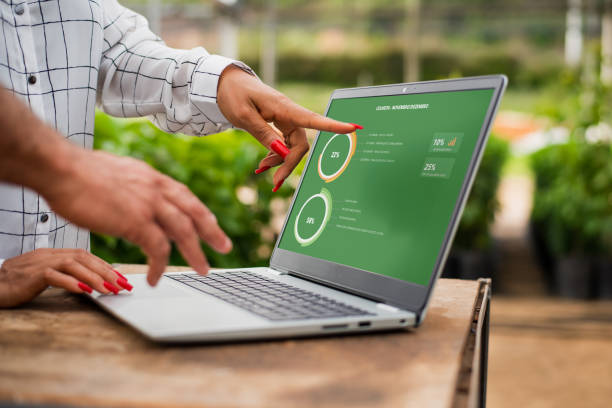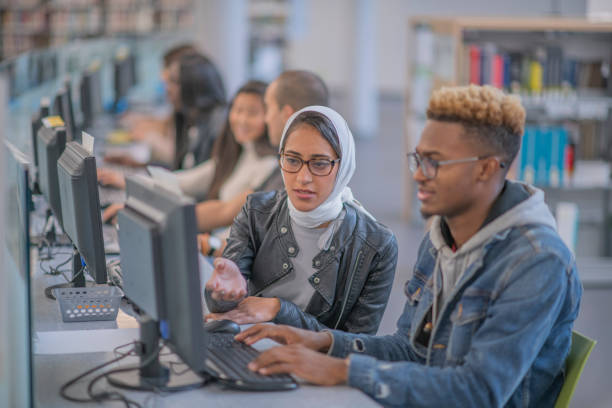Artificial Ingenuity: Exploring the Frontiers of AI Creativity
Artificial Ingenuity (AI) has made significant strides in recent years, not only in solving complex problems but also in demonstrating creative abilities previously thought to be exclusive to humans. This article delves into the realm of AI creativity, examining its evolution, applications, challenges, and prospects.
Introduction to Artificial Ingenuity
Artificial ingenuity refers to the capacity of AI systems to exhibit creative behavior, including generating novel ideas, designs, or solutions to problems. While creativity has long been considered a hallmark of human intelligence, recent advancements in machine learning and neural networks have enabled AI to simulate creative processes.
Understanding AI Creativity
Defining creativity in AI
Creativity in AI involves the ability to produce original and valuable outcomes autonomously. This encompasses various cognitive processes such as imagination, problem-solving, and pattern recognition, mimicking the way human minds conceive and develop innovative ideas.
Examples of AI-generated creativity
AI algorithms have demonstrated remarkable creativity across various domains. For instance, in the field of art, AI-generated paintings and sculptures have garnered attention for their aesthetic appeal and originality. Similarly, AI has composed music that rivals compositions by human composers, blurring the lines between man and machine creativity.
The Evolution of AI Creativity
Early attempts and limitations
Early attempts at AI creativity were limited by the constraints of rule-based systems and lack of computational power. These systems struggled to produce outputs that truly captured the essence of human creativity, often resulting in rigid and predictable outcomes.
Breakthroughs in AI creativity
Advancements in deep learning and neural network architectures have revolutionized AI creativity. Generative models such as GANs (Generative Adversarial Networks) and LSTM (Long Short-Term Memory) networks have enabled AI systems to generate realistic images, music, and text with unprecedented creativity and fluency.
Read More: Safety in the Digital Age Protecting Yourself Online
Applications of AI Creativity
Art and design
AI-powered tools are increasingly being used by artists and designers to explore new creative possibilities. From generating design concepts to assisting in the creation of digital artworks, AI is augmenting human creativity and pushing the boundaries of artistic expression.
Music Composition
AI algorithms capable of composing music have opened up new avenues for musical exploration. These systems can analyze vast amounts of musical data, identify patterns, and generate original compositions across various genres and styles, inspiring musicians and composers worldwide.
Writing and storytelling
AI-driven natural language generation (NLG) models are transforming the way stories and narratives are created. From generating plotlines to crafting engaging dialogue, these systems are assisting writers and storytellers in crafting compelling content across diverse genres, from novels to news articles.
Challenges and Limitations
Ethical considerations
The rise of AI creativity raises ethical questions regarding authorship, ownership, and attribution of AI-generated works. As AI becomes more proficient at mimicking human creativity, ensuring transparency and accountability in the creation and dissemination of AI-generated content is paramount.
Bias and diversity in AI-generated content
AI models trained on biased or limited datasets may perpetuate existing biases and lack diversity in their outputs. Addressing issues of bias and promoting inclusivity in AI-generated content is essential to ensure equitable representation and avoid reinforcing societal stereotypes.
Future Prospects
Advancements in AI creativity
Continued research and development in AI creativity are poised to yield even more impressive results in the future. As AI systems become more sophisticated and capable of understanding context and emotions, the possibilities for creative collaboration between humans and machines are endless.
Integration into daily life
AI creativity has the potential to enhance various aspects of daily life, from personalized content recommendations to immersive artistic experiences. As AI technologies become more accessible and user-friendly, they will empower individuals across different fields to unleash their creative potential.
Conclusion
Artificial ingenuity represents a groundbreaking frontier in AI research, pushing the boundaries of what machines can achieve in terms of creativity and innovation. While challenges such as ethical considerations and bias remain, the transformative potential of AI creativity in art, music, writing, and beyond is undeniable.
Unique FAQs
- How can AI-generated content be distinguished from human-created content? AI-generated content often lacks the nuanced touch of human creativity, exhibiting patterns or inconsistencies that may give it away. However, as AI algorithms become more advanced, distinguishing between AI and human-generated content may become increasingly challenging.
- Are there any legal implications associated with AI-generated works? The legal landscape surrounding AI-generated works is still evolving. Questions regarding copyright ownership and intellectual property rights may arise, particularly in cases where AI systems autonomously generate content without direct human input.
- Can AI creativity replace human creativity entirely? While AI has demonstrated remarkable capabilities in creative tasks, it’s unlikely to replace human creativity entirely. Human creativity is deeply rooted in emotion, intuition, and personal experience, aspects that are challenging for AI to replicate fully.
- How can AI creativity contribute to innovation in various industries? AI creativity has the potential to revolutionize industries such as design, music, and storytelling by offering new tools and perspectives for creative expression. By automating repetitive tasks and generating novel ideas, AI can accelerate the pace of innovation and foster creativity.
- What safeguards are in place to prevent misuse of AI-generated content? As AI-generated content becomes more prevalent, efforts to establish ethical guidelines and regulations are underway. These may include transparent disclosure of AI involvement, robust authentication mechanisms, and frameworks for responsible AI development and deployment.

